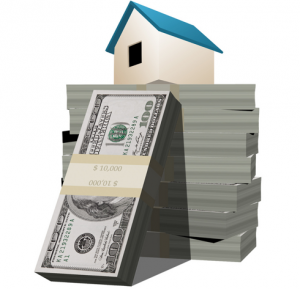 If you had a chance to buy a home one month ago but didn’t get your financing in order until this week, you’ll pay hundreds of dollars more in monthly interest payments for the life of your mortgage because of the delay.
If you had a chance to buy a home one month ago but didn’t get your financing in order until this week, you’ll pay hundreds of dollars more in monthly interest payments for the life of your mortgage because of the delay.
And the longer you wait, the more you’ll pay.
The economics of today’s real estate market make it clear that those homebuyers who are able to afford a house today could save many hundreds of dollars each month by locking in low interest rates as soon as possible.
Interest rates on home loans have already increased more than 1 percent since early May and are expected to continue rising well into 2014.
Statistics compiled by the Mortgage Bankers Association show that interest rates for 30-year, fixed-rate mortgages with conforming loan balances (no more that $520,950 to $625,000 in the Bay Area, depending on location) averaged 3.59 percent during the first week of May. Nonconforming, or jumbo loans — those with higher balances and common in the Bay Area — averaged 3.79 percent.
By the middle of June, interest rates for similar mortgages averaged 4.17 percent for conforming loans and 4.23 percent for jumbo loans.
By last week, interest rates had climbed even higher, to 4.68 and 4.81 percent for conforming and jumbo loans, respectively.
Still, current rates remain low by historical standards: They averaged 6 percent in the 2000s, and 7 to 9 percent in the 1990s.
The real costs of those home-loan interest rates are best calculated by the money they deduct from your bank account, and by that measure, homebuyers would do well to make a deal sooner rather than later.
Consider the following scenario:
If you are buying a home priced at $1.2 million and can place a 20 percent down payment ($240,000), your monthly payment for a 30-year, fixed-rate jumbo loan at today’s average interest rate would be $5,042.59.
If you had locked in financing a month earlier at 4.23 percent, your monthly payment would be $4,711.39, for a savings of $331.20 every month for 30 years, or $119,232.80 over the life of the loan.
But if you wait until interest rates reach 5 percent, you’ll pay $5,153.49 each month, or an extra $110.90 than you would today. And by the time interest rates reach 5.5 percent, you’ll pay $5,450.77 each month, an extra $408.18. Over the life of the loan, that 0.69 percent difference adds up to savings of $146,945.76.
Buyers who can’t afford higher mortgage payments can explore other types of loans, such as adjustable-rate mortgages, according to Sheila O’Neill, president of Pacific Union’s mortgage affiliate.
The only other alternative, O’Neill said, is for a buyers to look instead at lower-priced properties with smaller mortgages — an option best avoided while interest rates remain affordable.
(Image: Flickr/401(K) 2013)
